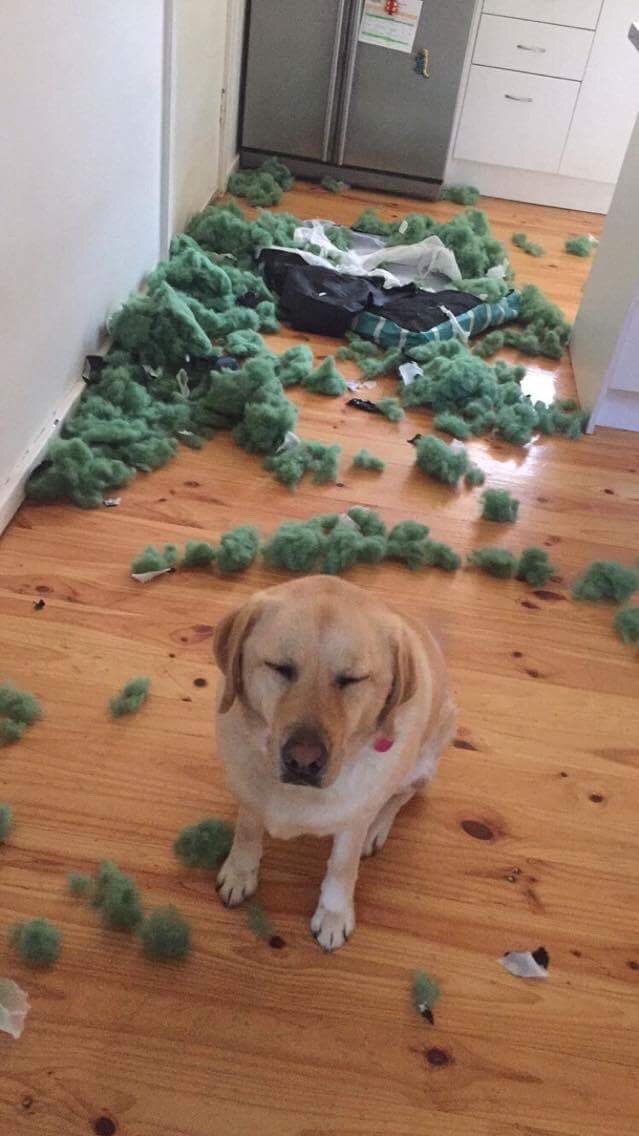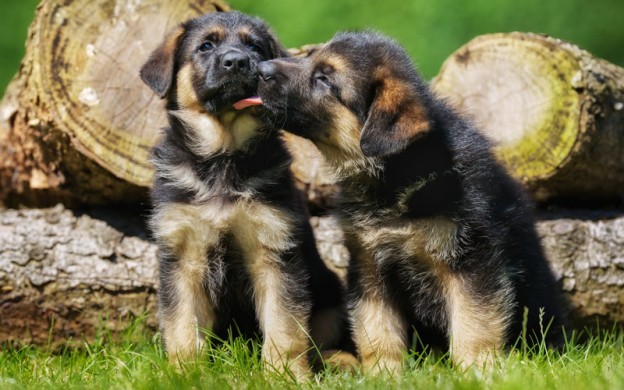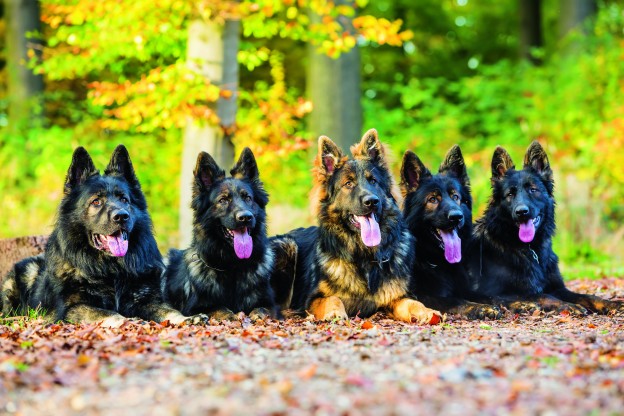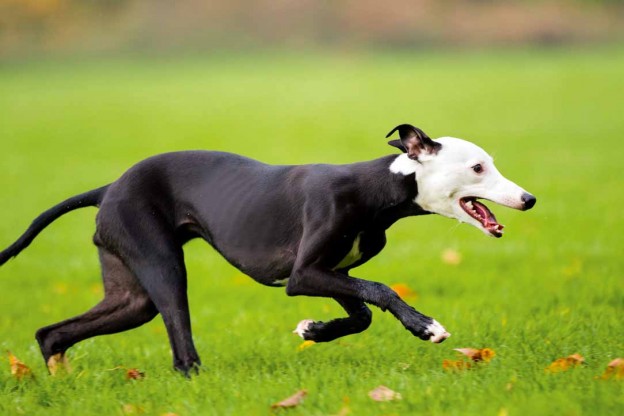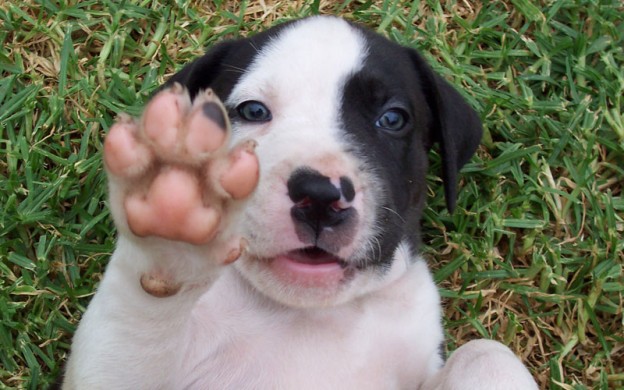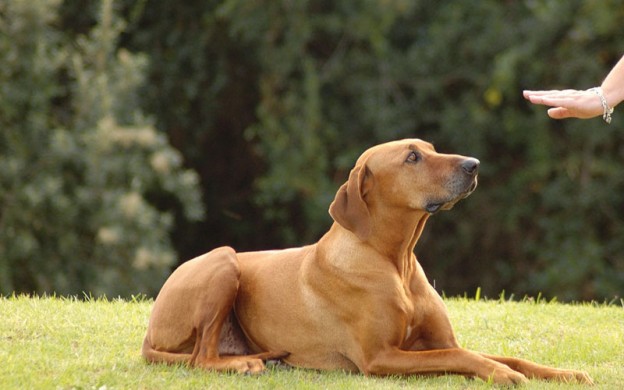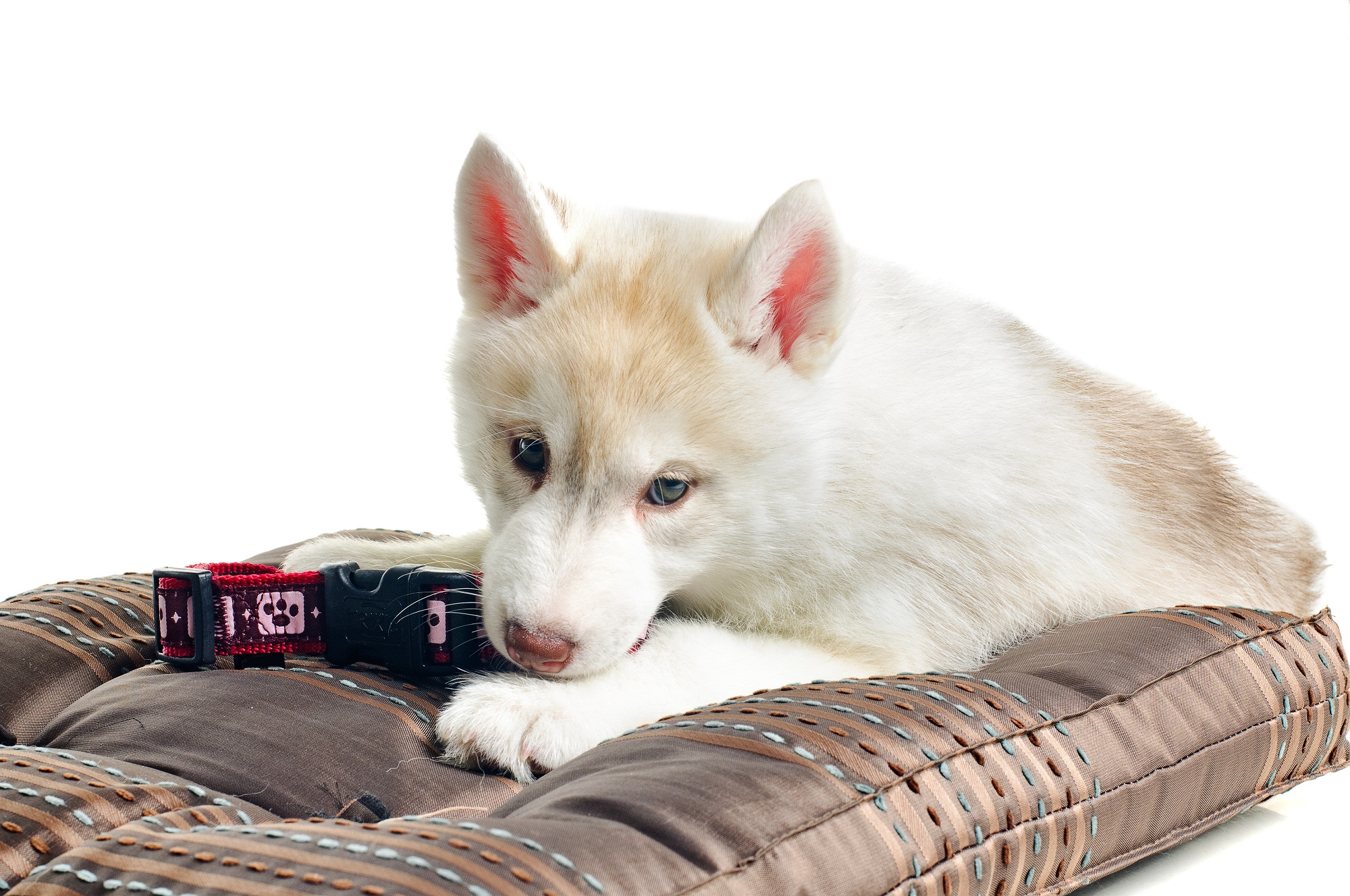
Your puppy has settled in and is provided with lots of love and attention, so now what? Kylie Baracz discovers the 5 steps to a well-trained puppy.
According to Jodie Sultana, dog trainer from Advanced K9 Communications, training should start as soon as you bring your new puppy home. But this doesn’t mean you have to do intense training involving complicated commands. Here are 10 easy steps to get your puppy heading in the right direction.
1: Establish boundaries
So what would you teach a puppy first? Sultana recommends first setting boundaries. “It is important that your puppy knows it is a dog and that it knows it is at the bottom of the pack. This will ensure it respects and responds to all members of the household,” she explains.
Boundaries may include no pets on the furniture, not allowing the puppy access to every room of the house, or making sure the puppy sleeps in his or her own bed, preferably in a room on their own. Think about what boundaries you would like to set and stick to them. “Boundaries will ensure your puppy develops confidence as well as good manners,” says Sultana.
2: Start small
Introducing lots of small training steps is a good way to get your puppy into good habits before it gets time to develop bad ones.
“When we bring home a new puppy, we often let it get away with certain behaviours because it is so small and sweet. It isn’t until the puppy gets bigger that these behaviours start to become a real issue and also become harder to correct,” says Sultana.
3: Teach “sit”, “come” and “stay”
The absolute must-have skills that a puppy should have are the abilities to “sit”, “come” and “stay” when commanded to.
Sit
“Puppies need a way to get attention. Teaching ‘sit’ can give your puppy an alternate behaviour to use instead of jumping up or barking to get your attention,” says Sultana.
Come
Coming when called could save your dog’s life one day, so training this skill and training it correctly from the start is very important.
Stay
This is another one that could save your dog’s life. “Having a dog that will stop and not move when told to ‘stay’ could prevent your dog from running onto a busy road or out the front door or gate,” explains Sultana.
4: Socialise
Puppy classes offer general information on raising and training a puppy, and also provide owners and their puppies the opportunity to make some new friends. Puppy preschools usually accept puppies from eight to 16 weeks of age and Sultana says eight weeks is the ideal age to start.
“Most people stop training and socialising their pup after puppy preschool. This is a no-no! Puppy preschool should be considered as an introduction to training to help get you started, but training must continue throughout your dog’s life,” says Sultana. “Whether you decide to take your puppy to preschool or not, it is important to still get some sort of education or guidance on how to raise a well-balanced puppy.”
5: Keep it positive
“When it comes to puppy training, I always like to keep it as positive as possible. We won’t punish our own children for not being able to use the toilet yet or for making a mess because they are too young to know better,” says Sultana. “It is only fair to give our puppies a fair chance to learn how to fit into our lifestyle, which, at times, can be very confusing for them, especially if we are not communicating to them in a way they can understand. In order for them to learn, we must be good teachers.”
